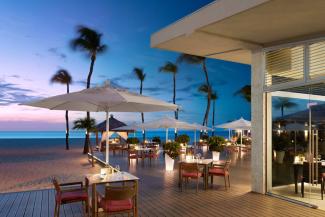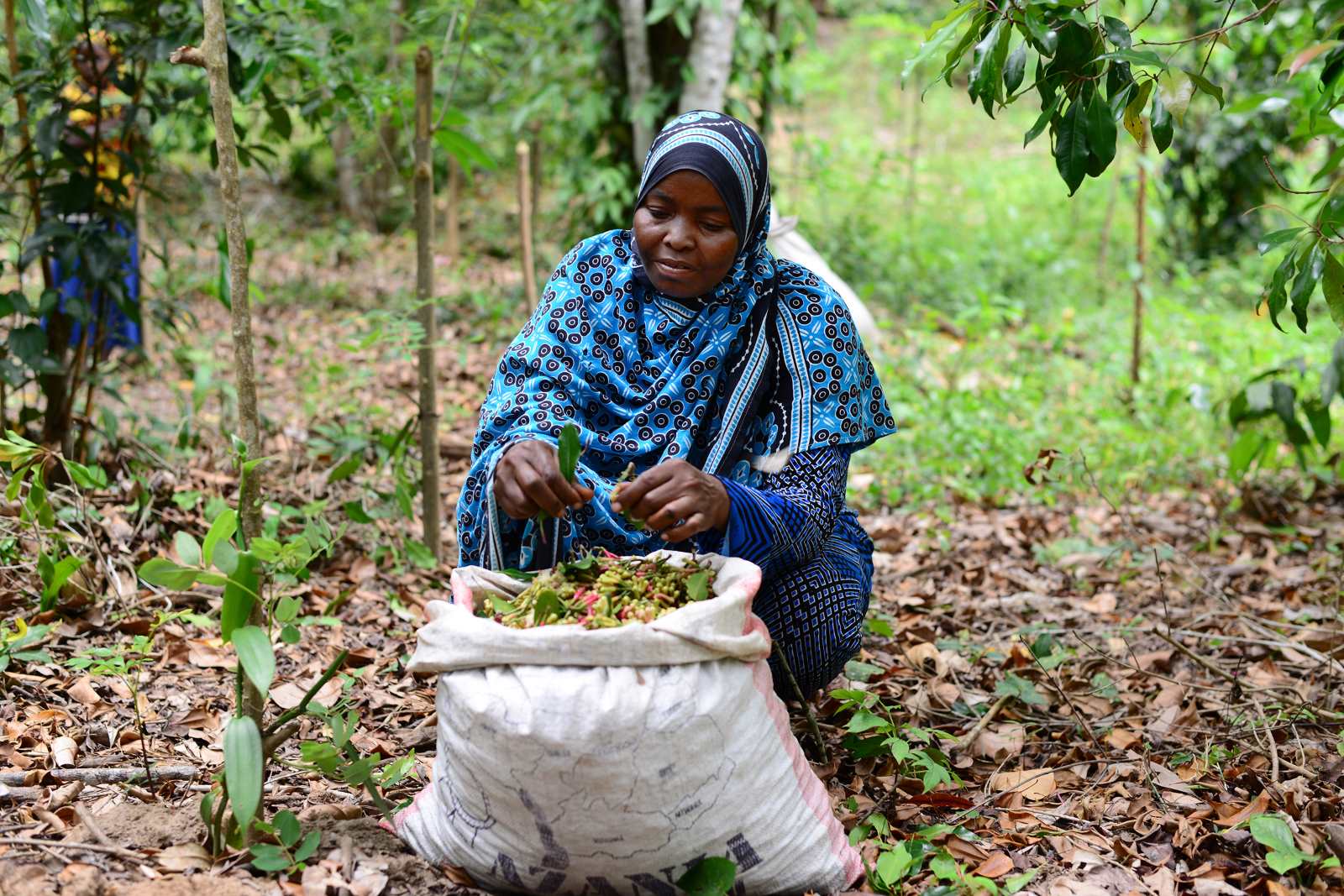Sustainability certification
How sustainability certification works in tourism

Can you describe how Green Globe’s certification process aligns with the SDGs?
We currently have 44 criteria with 385 underlying indicators on how to achieve them. A hundred of them are mandatory. As they are consistent with the SDGs, our members are automatically in line with the SDGs if they fulfil these criteria.
In fact, Green Globe predates the SDGs. We are a brainchild of the Earth Summit in Rio de Janeiro, the UN Conference on Environment and Development (UNCED) in 1992. By the end of 1994, 19 travel industry associations had supported the programme and promoted Green Globe to their members through joint marketing strategies. After the SDGs were defined in 2015, we adopted them.
For some goals, it is quite obvious how tourism can contribute to their achievement. For others, less so – how can businesses achieve indicators that fulfil SDG16 (peace and justice) or SDG3 (good health), for example?
When we talk about good health, a key question for us is: How do you as a company treat your employees? Are they insured? Do they get enough time to recover from illness? What offers do you have in terms of health workshops or awareness-raising campaigns?
With regard to peace and justice, we examine, for example, how companies ensure the protection of children or whether they give their employees the opportunity to get involved in labour organisations. But that’s not all: it’s also about training employees on how to respond to certain situations in a de-escalating manner. Or – and this is unfortunately becoming increasingly important in today’s world – staff being trained in disaster management or emergency response, for example in the event of natural disasters or terrorist attacks.
How does your certification process work?
We don’t issue any handouts or templates because every company is very individual in the way it works. There are differences based on location, size, work culture and the local culture. So, we want to make sure that the way they implement our criteria ends up working for their operations. We can only see sustainable results if our standards become a natural part of their everyday working life and are not perceived as a burden.
We have an online system that new members – we mainly certify hotels – can simply join and take one step at a time. As soon as they have implemented something, they have to upload evidence. Then they are checked by our auditors – both online and during on-site audits. We carry out on-site audits every two years. We have members who have been with us for 15 years – what they did in their first and second audit is nowhere near what we accept today, and therefore regular adjustments to new developments, technologies or scientific findings are necessary.
How often do you adapt your criteria to new developments?
We review them twice per year. However, these biannual reviews are not about new developments. We need to see whether the criteria or indicators make sense for the local companies after a certain period of implementation and whether they actually apply them. We don’t want someone in a hotel, for example, to need a university degree in order to understand our standards. So, if something proves to be unclear, we have to rephrase it.
Every few years there is a major revision, in which we also implement all the new developments of recent years. But the structure remains the same: the first part is about sustainable management, the second and third parts are about socio-economic and cultural aspects – HR policy, connection to local communities – and the fourth part is the largest section on environmental practices and “green” indicators such as resource management, purchasing practices or wildlife policy.
Hotels in particular produce a lot of waste because they accommodate a lot of people. What do Green Globe-certified companies do in terms of resource management?
This starts with the purchasing policy. Suppliers who pursue a policy of recycling and take back packaging should be favoured, or packaging should be reused. Glass bottles must replace plastic bottles. Buffets are of course an important factor in food waste. Sensible planning is essential here.
Another factor is, naturally, water resources. It’s all about getting the basics right, such as water-saving shower heads or low-flow taps. If there is a pool, there should be ways to recycle and reuse the water. But we look at how the chain of command works too. If the caretaker discovers a leaky tap – how long does it take to get it fixed?
It also has a lot to do with awareness-raising. If a hotel capitalises on its location near beautiful mangroves, it should be clear that the wastewater must not flow into these mangroves. But such things are still happening in many places. And it takes us and other certification organisations to make sure that the companies change. We send people there every two years for inspections – the governments don’t do that.
How does Green Globe support the empowerment and inclusion of local communities in the tourism industry, particularly in regions where tourism plays a significant role in economic development?
We have a number of binding indicators. We want to make sure that they have local staff and that those local staff are paid a wage that they can live on – and that’s not necessarily the minimum wage, if there is one. If you’re an employee in this industry living in a tourist area, you’re probably faced with a high cost of living. That needs to be considered.
Another point to consider with regard to staff is their diversity. We need measures to combat discrimination – be it on the basis of gender, sexual orientation or religion.
If businesses are in touch with indigenous communities, how do you make sure that they are acting with respect to their wishes regarding tourism in their area?
Especially when a new hotel or resort is built, it is important to ensure that the relationship with the surrounding communities is on an equal footing from the outset. It is terrible if, for example, the locals no longer have access to certain beaches because they are now reserved for tourists.
We further call on companies to involve local entrepreneurs from day one. They also need to be part of what is sold in a hotel gift shop, for example. If there is local art and the community wants to exhibit it, they should be given a chance.
We also want guests to be educated on how to respect local communities. Sacred sites must be marked. The rules of behaviour must be clear. Many guests actually want to learn about the local culture. In hotels, this can easily be done in passing – if they have a lift, it can be used through posters or small videos running on a screen. Informative brochures can be displayed at reception or in the breakfast room.
Another aspect is the guided tours. It is crucial that the tours are led by locals so that they can decide for themselves what they want to convey and how. In general, it is about finding out how the local communities want to be involved and then finding a good and respectful way of working together.
Can you share best practice examples from your members?
One hotel in Belize set up a three-shift solution so that there was always childcare for everyone in the community involved with that hotel. Someone from the staff was always there for the children while others were at work or had free time.
Another example is one of our certified hotels in Thailand. They use a dehumidifying system developed by a start-up company to produce drinking water for guests from the humid air.
How does Green Globe assist certified businesses in effectively communicating their sustainability initiatives to customers?
We have an entire PR department that focuses solely on this. As soon as the companies are certified, we have to communicate this, on social media, through videos or our newsletter. We also work with platforms such as booking.com. For a hotel to be listed there preferentially, it must be certified by a third party, for example by Green Globe. This also helps to ensure that more people choose sustainable hotels.
Looking ahead, what are the biggest challenges and opportunities facing the sustainable tourism industry?
Whether war, escalating climate crisis or pandemic – the tourism sector is always one of the first economic sectors to be hit hard by global crises. But it is also a very resilient sector that bounces back every time. And it’s a very old industry. People will always be travelling one way or another.
What is clearly recognisable is that holiday destinations are increasingly shifting away from mass tourism because the environment simply can no longer cope with it. What’s more, the younger generation is thinking twice about travelling to faraway places. They don’t want to fly all the way to the Maldives just to sit in a resort and relax. If they are travelling abroad, then they really want to experience the country in question. This also means that local tourism will play a bigger role.
But I don’t think they will stop travelling altogether. The question for them is simply: how can we travel in the most sustainable way?
Birte Pelayo is the CEO of Green Globe.
bpelayo@greenglobe.com
















